The Sad Reason Researchers are Dreading a 'Finding Nemo' Sequel

By:
Even if you haven't seen the 2003 Pixar film "Finding Nemo," you likely know the story. The movie follows the heart-warming adventure of two fish named Marlin and Dory who are looking for Marlin's son, a young clownfish named Nemo.
Dory, a blue tang fish voiced by Ellen DeGeneres, will get her own sequel this year called "Finding Dory," and that has animal researchers more than a little nervous.
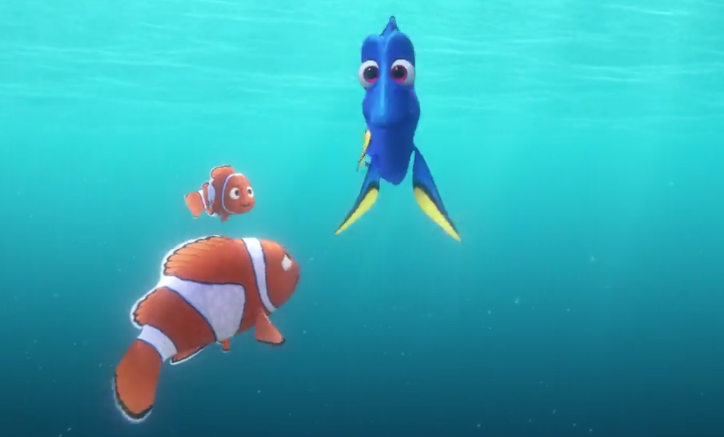 Disney Pixar - disney.com
Disney Pixar - disney.com
Australian researchers say that after the first Nemo movie, populations of the brightly-colored orange clownfish on the Great Barrier Reef significantly declined. People were taking them.
“I think it was a big surprise, because the message from the film was a very good one about conservation,” associate professor in biodiversity and conservation at Flinders University in Adelaide, Australia, Karen Burke da Silva, explained in an interview with The Washington Post. “It was about not taking Nemo out of the sea, but the opposite happened.”
Now they're worried that the same thing will happen to the blue tang fish when "Finding Dory" comes out.
The blue tang fish are not bred in captivity at all, so if people want them for pets, they'll have to start taking them out of the ocean, according to The Washington Post.
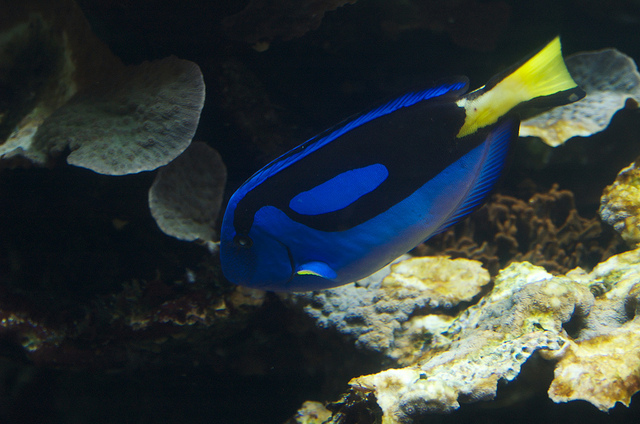 Flickr/Marcel "MadJo" de Jong - flic.kr
Flickr/Marcel "MadJo" de Jong - flic.kr
Carmen da Silva, a researcher at the University of Queensland, said on the university's website that this danger to the fish population is very real and that pet stores are the main culprit. About 90 percent of salt-water fish in pet stores are taken from the wild.
"Reef fish populations are already struggling due to warmer sea temperatures and ocean acidification caused by global warming," she said, according to the university website. “The last thing they need is to be plucked off reefs.”
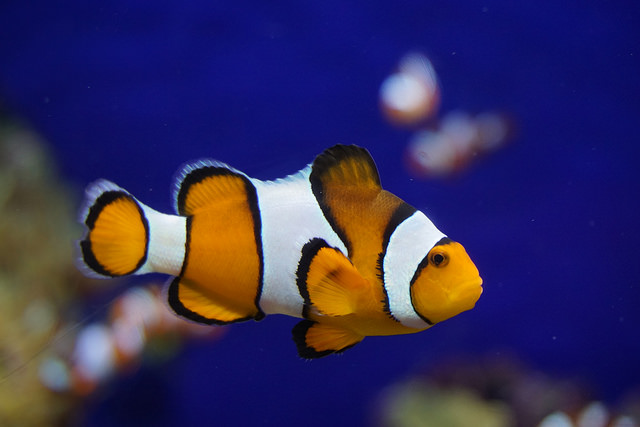 Fickr/Teddy Hartanto - flic.kr
Fickr/Teddy Hartanto - flic.kr
That's why Australian researchers from The University of Queensland and Flinders University created The Saving Nemo Conservation Fund, which right now focuses on the one million clownfish taken from the reef every year.
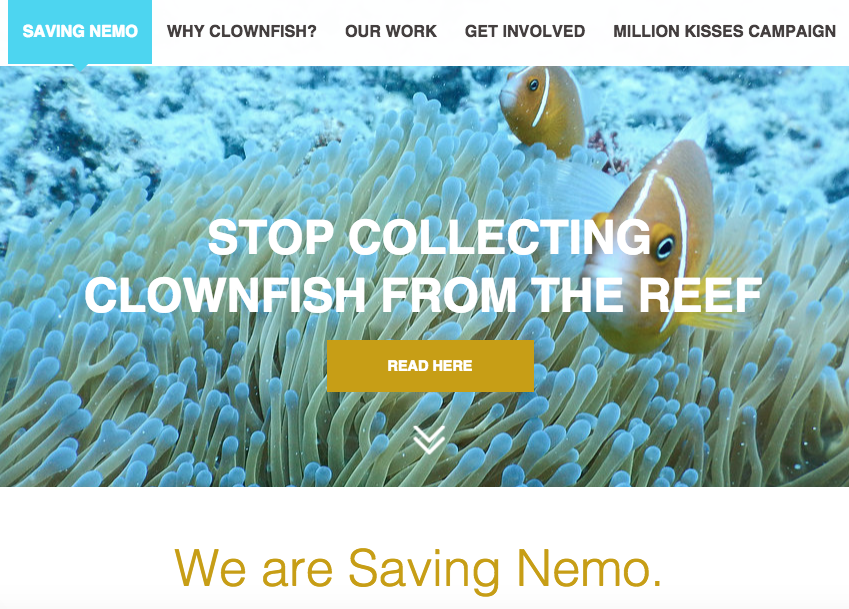 The Saving Nemo Conservation Fund - savingnemo.org
The Saving Nemo Conservation Fund - savingnemo.org
Researchers don't want the blue tang fish to be the next project for the conservation fund after "Finding Dory" comes out, so they're taking steps to raise awareness with the Million Kisses For Nemo campaign. They're using the hashtag campaign #fishkiss4nemo to raise a million "fish kisses" on social media and get the attention of Ellen DeGeneres. They want the star who gives a voice to Dory to give a voice to this conservation issue.
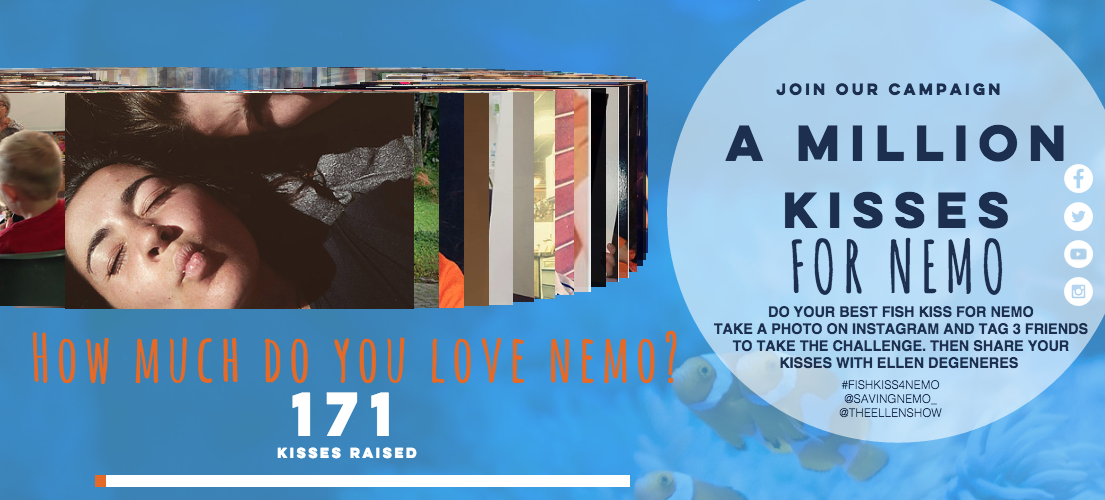 The Saving Nemo Conservation Fund - savingnemo.org
The Saving Nemo Conservation Fund - savingnemo.org
So far the site says they have less than 200 kisses on their road to one million, but the kisses are enthusiastic.
This isn't the first Disney movie to cause damaging excitement about an animal.
Animal shelters across the country reported a spike in Dalmatian dogs after the Disney live action remake of "101 Dalmatians," according to a 1997 article from The New York Times.
It turned out that the dogs weren't as fun and nice as they are in the movie.
''This is exactly what we had feared,'' said Leslie Isom from the Humane Society of the United States to The New York Times more than 20 years ago. ''What we're trying to get across is that Dalmatians require a tremendous amount of time and energy and these are things that a family with small children may not have.''
